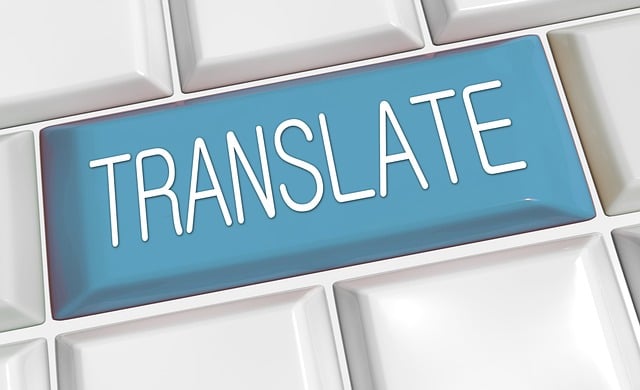
In today's globalized world, businesses rely on fast and accurate translate solutions to reach international audiences. Advanced Machine Translation tools use AI algorithms to deliver high-quality translations quickly, enhancing localization accuracy. Best practices like text segmentation and pre-translation memory optimize workflows. A hybrid approach of initial machine translation followed by human post-editing ensures quality and cultural relevance, especially for sensitive content. Automation through software localization tools speeds up projects, improves consistency, and allows translators to focus on crafting precise language, fostering better global communication.
Accelerate your translation projects with these powerful tools and strategies. In today’s globalized world, efficient translation is key. Discover how advanced Machine Translation (MT) tools can significantly speed up the process while maintaining accuracy. Learn optimization techniques for streamlined workflows and automate repetitive tasks to reduce manual effort. By implementing these methods, you’ll translate content faster and more cost-effectively.
- Leveraging Advanced Machine Translation Tools
- Optimizing Workflows for Faster Deliverables
- Automating Repetitive Tasks in Translation Projects
Leveraging Advanced Machine Translation Tools

In today’s globalized world, businesses and organizations often need to translate content swiftly to reach diverse audiences. Advanced Machine Translation (MT) tools have emerged as powerful allies in this regard. These cutting-edge technologies employ sophisticated algorithms and neural networks to deliver high-quality translations at remarkable speeds. By leveraging MT tools, translators can significantly streamline their workflow, enabling them to handle larger volumes of text more efficiently.
Beyond speed, these tools offer enhanced accuracy, especially when it comes to localizing advertising campaigns or technical documents. They also facilitate the interpreters’ role in diplomacy by providing a solid foundation for human experts to refine and tailor translations. For instance, semantic considerations play a crucial part in ensuring that the translated content resonates with the target culture and audience. Visit us at poetic license in translation anytime to explore how these tools can be harnessed for optimal results.
Optimizing Workflows for Faster Deliverables

Optimizing workflows is key to significantly speeding up translation processes and delivering projects more efficiently. By streamlining tasks, teams can reduce time spent on repetitive actions and focus on complex, nuanced elements that require human expertise. Implementing best practices like segmenting large texts into manageable chunks, utilizing pre-translation memory to leverage previously translated content, and adopting a just-in-time approach for revisions ensures a smoother process from start to finish.
Integrating machine translation tools can further accelerate these workflows, handling initial drafts swiftly while allowing human translators to focus on post-editing tasks. This collaborative approach, combining the speed of technology with the precision of expert review, results in high-quality translations delivered more promptly. For instance, immersion simulations and personal document translating services often benefit from this hybrid method, enhancing accuracy and maintaining the original intent even when dealing with art, poetry, or culturally sensitive content. Visit us at contextual understanding keys anytime for innovative solutions tailored to streamline your translate process.
Automating Repetitive Tasks in Translation Projects

In the dynamic landscape of global communication, automation is transforming the way we approach translation projects. One of the most significant ways to expedite the translate process is by automating repetitive tasks. This not only saves time but also ensures consistency across documents. Software localization tools play a pivotal role in this revolution, enabling translators to focus on what they do best: crafting precise and culturally sensitive language. By streamlining administrative chores, these tools give us a call at field research for accurate translation, allowing experts to immerse themselves fully in the nuances of each project.
Furthermore, the concept of translation as a cultural bridge becomes more powerful when automation handles the routine. This frees up resources for deeper field research, crucial for capturing the subtleties and contexts that make a translate truly effective. Whether it’s understanding local idioms or navigating regional dialects, thorough field research ensures that messages are conveyed accurately and respectfully. Automating repetitive tasks is thus not just about speed; it’s about elevating the quality and cultural impact of translation work.
By leveraging advanced machine translation tools, optimizing workflows, and automating repetitive tasks, you can significantly speed up the entire translation process. These strategies not only enhance efficiency but also ensure high-quality outputs. Incorporating these techniques into your workflow can truly revolutionize how you approach translate projects, ultimately saving time and resources without compromising accuracy.






